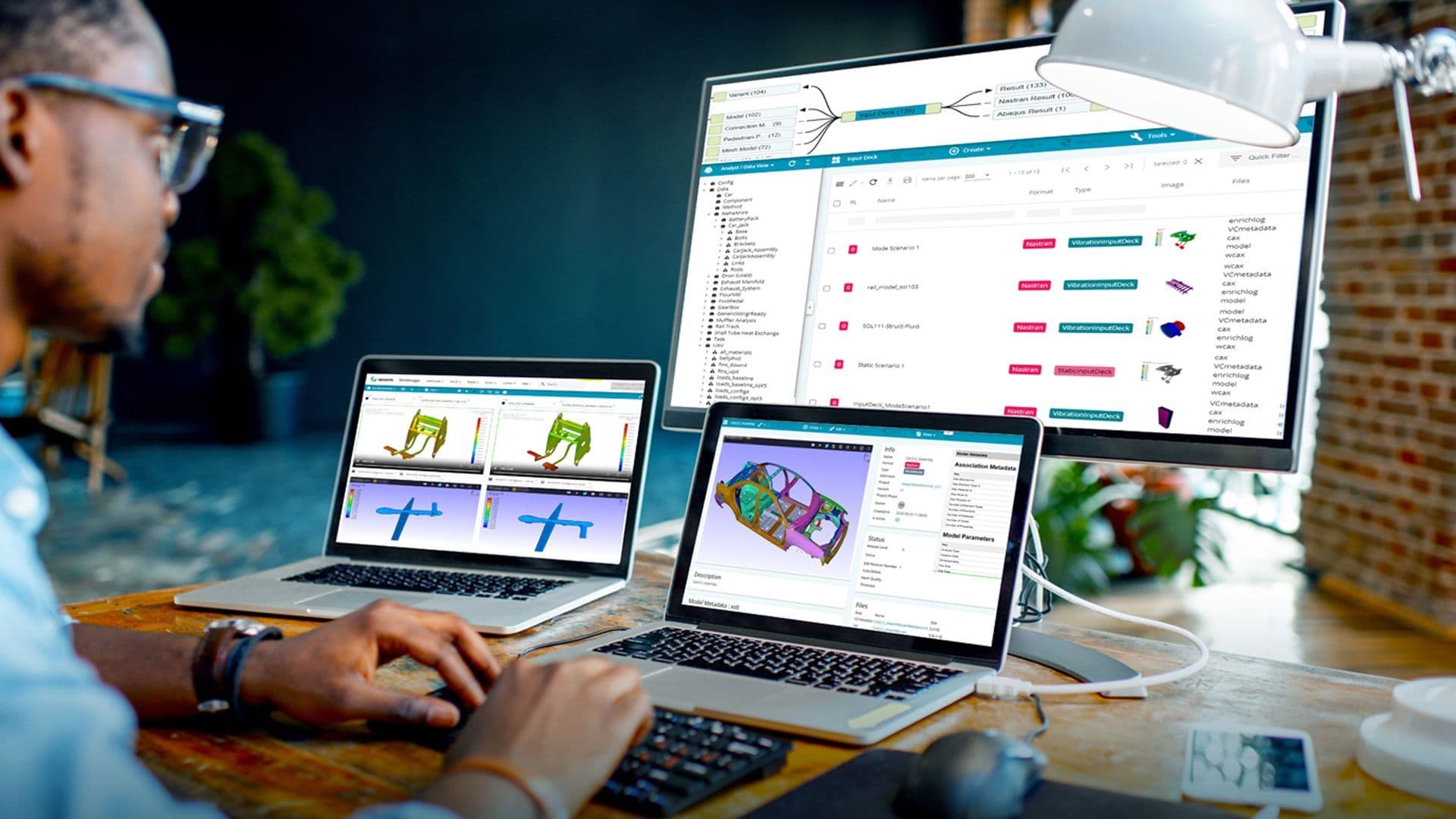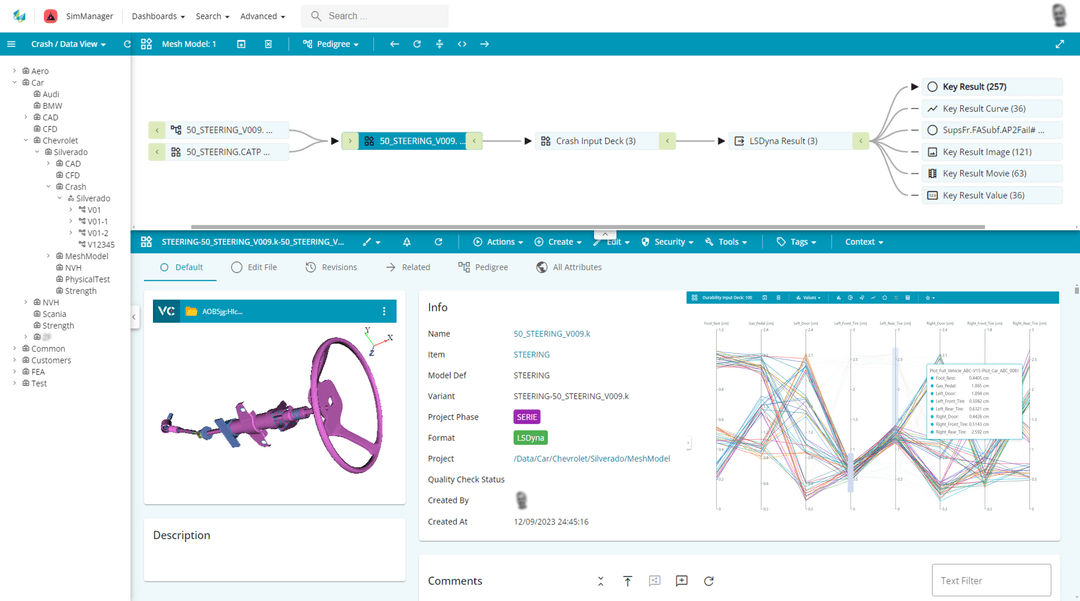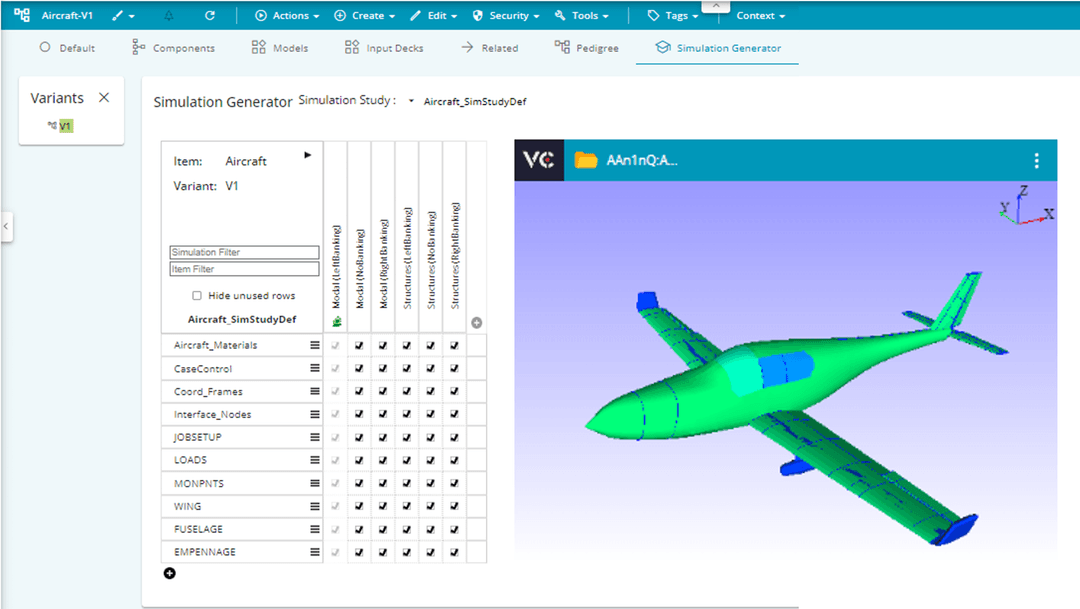SimManager

Enable Collaboration and Drive increased simulation throughput.
Unlock product innovation and gain a competitive edge by accelerating time-to-market, driving intelligent decision-making, while enhancing collaboration, streamlining workflows, and saving costs.
Benefits And Features
Simulate, analyze, and optimize with seamless data management

Data management – single source of truth
Centralize and streamline simulation data management with an intuitive, searchable, and secure environment. Improve efficiency with hierarchical navigation, and rapid data retrieval while leveraging interactive dashboards and reports with rich data comparison and visualisation.

Process Automation & Orchestration
Automate complex simulation processes with template-based workflows, task orchestration, and intelligent job submission to HPC resources. Leverage productivity tools like Simulation Generator, Multi-Run, and auto-generated reports to reduce manual effort and increase throughput.

Seamless Collaboration – without boundaries
Enable seamless collaboration for globally distributed teams with a tools-agnostic platform that integrates effortlessly into diverse CAE ecosystems. Leverage multisite capabilities to ensure real-time data access, robust version control, and full traceability—enhancing transparency, compliance, and workflow efficiency across locations.
Training and Resources
Connect and collaborate with your peers and experts
The Nexus Community provides you with excellent peer forums and the opportunity to learn from thousands of others in your industry. Currently, hundreds of peer forums waiting for you to explore into. Discover best practices and get the answers you need to succeed. Register for Nexus to get full access the Community forums.
Our team is ready to help
Our technical support teams are on hand to answer your questions. Contact us through our online form and we will get right back to you.
You might be interested in...
Related products
© 2026 Hexagon AB and/or its subsidiaries

